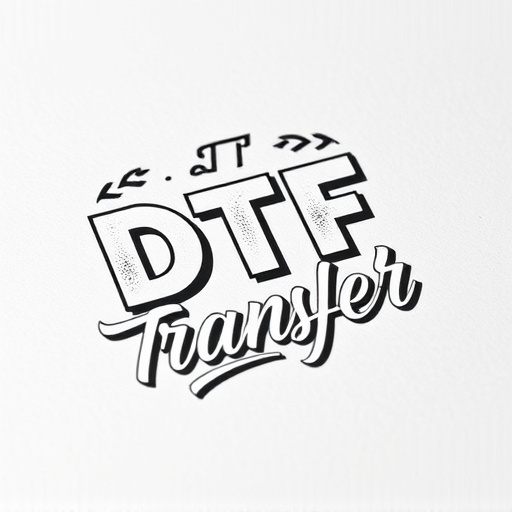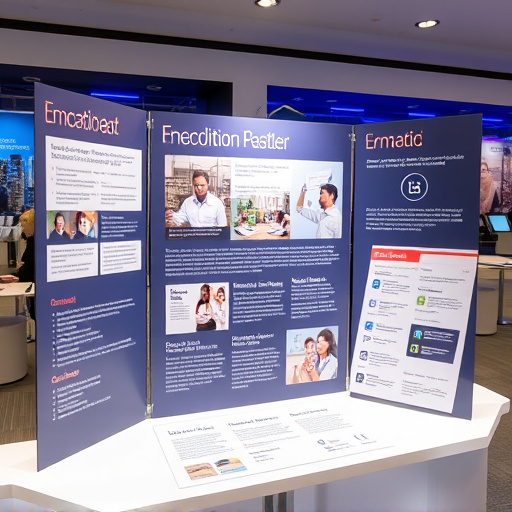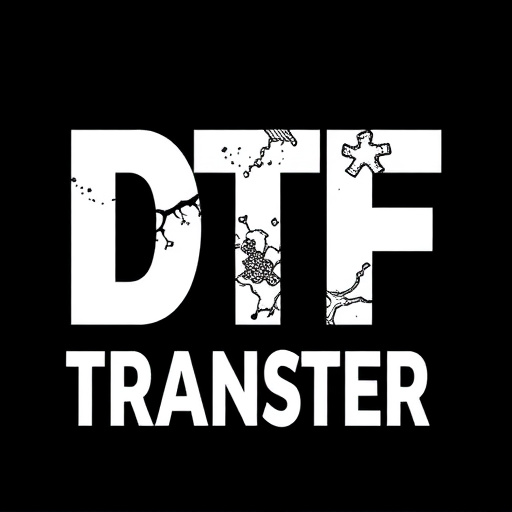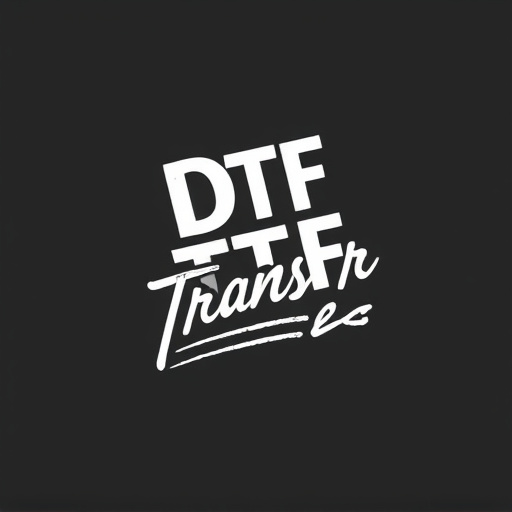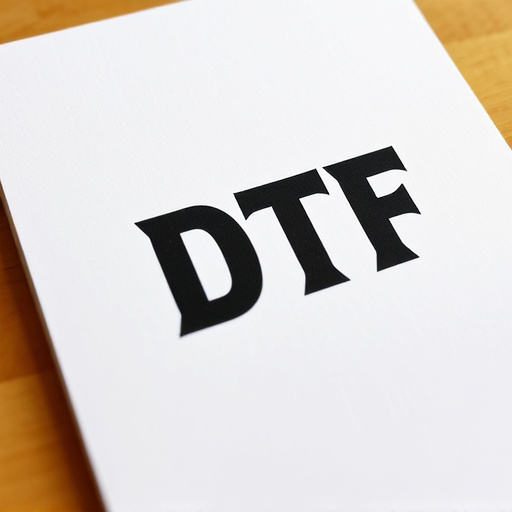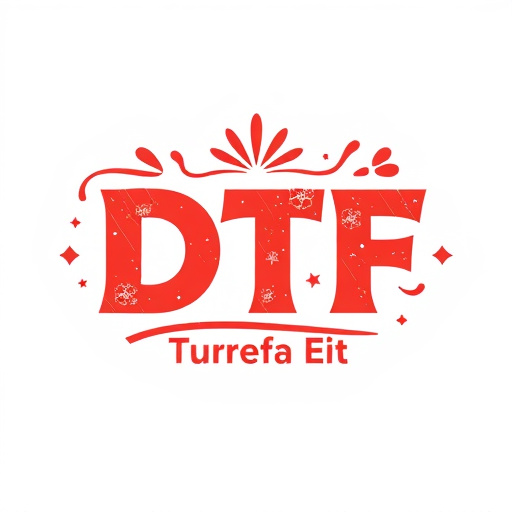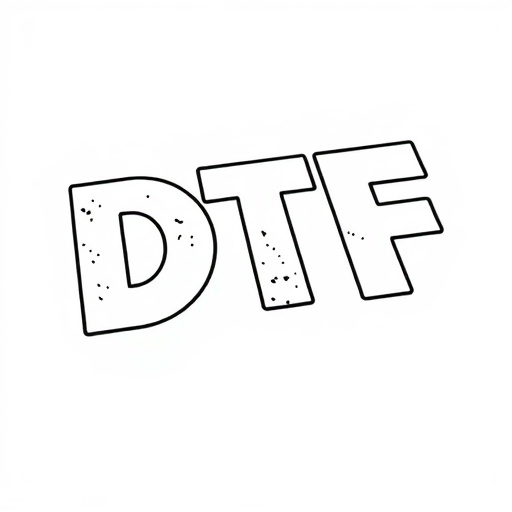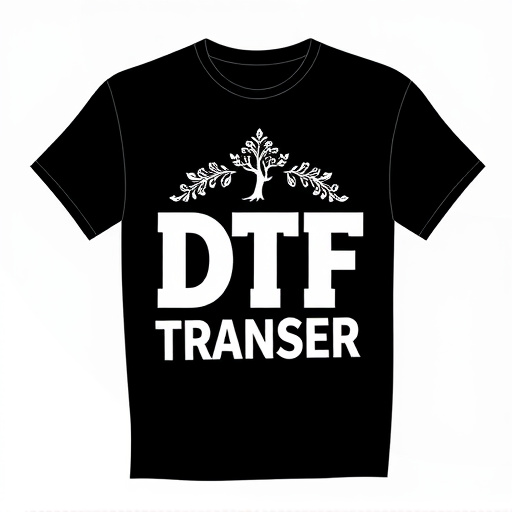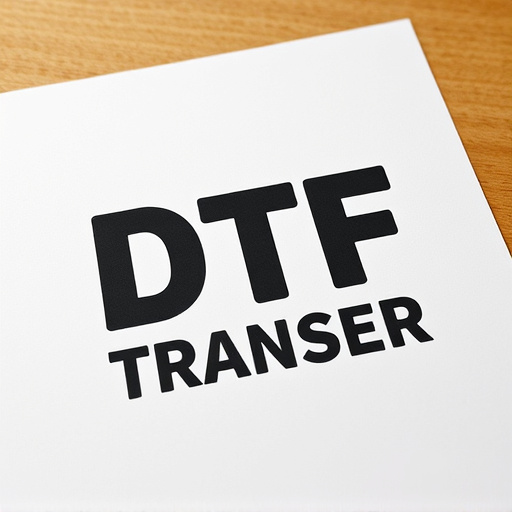Direct-to-film (DTF) transfers capture film's unique aesthetic digitally, appealing to enthusiasts who prefer its classic look over digital alternatives. Dimensional measurements are critical for high-quality outcomes, with industry standards promoting consistency among manufacturers and professionals. DTF transfers cater to various needs, from personal devices to large public displays, offering formats like 4K/8K for intricate details and 2K/HD for balanced quality and file size. While facing challenges in precise measurements of irregular objects, DTF technology is advancing with refined dimensional categorization, improved printing tech, AI integration, and enhanced applications across sectors.
Direct-to-film (DTF) transfers are revolutionizing film preservation, offering a cutting-edge approach to digitize cinematic treasures. This article delves into the intricate world of DTF transfers, focusing on dimensional measurements as a critical aspect of this process. We explore why standards matter, how transfers are categorized by size, and the advantages each category brings for long-term film preservation. Additionally, we discuss challenges and future trends, providing insights for professionals navigating this advanced technology.
- Understanding Direct-to-Film (DTF) Transfers: An Overview
- Dimensional Measurements in DTF Transfers: Importance and Standards
- Categorizing DTF Transfers Based on Size: A Comprehensive Guide
- Advantages of Different Dimensional Categories in Film Preservation
- Challenges and Considerations for Accurate DTF Transfer Process
- Future Trends: Enhancing Dimensionally-Categorized DTF Transfers
Understanding Direct-to-Film (DTF) Transfers: An Overview

Direct-to-film (DTF) transfers are a process that involves digitally capturing and replicating the look of film, allowing for high-quality image reproduction on various media. This method is particularly prized by cinematographers, filmmakers, and enthusiasts for its ability to preserve the unique aesthetic qualities often associated with traditional film photography. A DTF transfer isn’t merely about converting footage from one format to another; it’s a meticulous process that considers factors like color grading, grain structure, and even the subtle nuances created by different types of film stock.
By accurately emulating the characteristics of 35mm, 16mm, or other film formats, DTF transfers offer a way to experience classic films or modern productions with a familiar, cinematic look. This is especially beneficial for those who prefer the aesthetic appeal of film over the digital alternatives. Furthermore, it enables filmmakers to experiment with different looks and feels without having to shoot on physical film stock, making production more efficient while still achieving a rich, filmic result.
Dimensional Measurements in DTF Transfers: Importance and Standards

In the realm of direct-to-film (DTF) transfers, dimensional measurements play a crucial role in ensuring high-quality and consistent results. These measurements refer to the precise dimensions of the physical medium used for the transfer process, be it film stock, print materials, or digital substrates. Accuracy here is paramount as even minor variations can significantly impact the final product’s appearance and longevity. Standardized dimensional specifications guarantee that the transferred image or data aligns perfectly with the receiving surface, minimizing distortion and maximizing detail retention.
Industry standards have been established to govern these measurements, providing a framework for manufacturers, filmmakers, and print professionals to maintain consistency across different DTF applications. Compliance with these standards is vital, especially in fields like cinema, photography, and graphic design where visual fidelity is paramount. By adhering to set dimensions, DTF transfers can offer vibrant, detailed results that capture the essence of the original content, whether it’s preserving the intricate details of a film frame or replicating the subtle nuances of a photograph.
Categorizing DTF Transfers Based on Size: A Comprehensive Guide

Direct-to-film (DTF) transfers are often categorized based on their dimensional measurements, which play a crucial role in determining the quality and usability of the final product. The primary dimensions to consider include width, height, and sometimes diagonal size. Each category corresponds to specific applications, ensuring optimal viewing experiences for various purposes.
For instance, smaller DTF transfers, typically measuring up to 30 inches (76 cm), are ideal for personal use, such as home entertainment systems or mobile devices. These compact sizes offer convenience without compromising visual quality. Conversely, larger transfers exceeding 50 inches (127 cm) cater to commercial settings, like cinemas or large-scale public displays, demanding crisp details and immersive visuals.
Advantages of Different Dimensional Categories in Film Preservation

Direct-to-film (DTF) transfers offer a range of dimensional categories, each with unique advantages in film preservation. High-resolution 4K and 8K formats ensure meticulous detail retention, ideal for restoring classic films with intricate visuals or capturing modern cinema’s vast landscapes. These ultra-high definitions preserve every nuance, from fine textures to wide panoramic views.
On the other hand, standard definitions like 2K and HD strikes a balance between quality and file size, making them practical for preservation efforts while still delivering sharp, crisp images. This balance is crucial for accessible archival, enabling future generations to experience films without sacrificing storage efficiency. Dimensional categories thus cater to both meticulous restoration and feasible preservation, ensuring films remain vibrant and intact for years to come through DTF transfers.
Challenges and Considerations for Accurate DTF Transfer Process

The Direct-to-film (DTF) transfer process, while offering numerous benefits, presents several challenges that require meticulous consideration to ensure accuracy and quality. One of the primary hurdles is achieving precise dimensional measurements, especially when dealing with intricate or irregularly shaped objects. Traditional measurement techniques might not capture the full complexity, leading to potential errors in the final transfer.
Additionally, factors like surface texture, material properties, and environmental conditions can influence the outcome. Professional technicians must account for these variables by employing specialized equipment and calibrating instruments precisely. The success of a DTF transfer significantly relies on consistent and accurate measurements, making it an art as much as a science.
Future Trends: Enhancing Dimensionally-Categorized DTF Transfers

As technology advances, the future of Direct-to-Film (DTF) transfers looks promising with several exciting trends on the horizon. One key area of development is the continued refinement of dimensional categorization, ensuring even more precise and tailored results. With advancements in printing technology, we can expect to see higher resolution and more accurate color representation across various dimensions, catering to a broader range of applications.
Additionally, the integration of artificial intelligence (AI) and machine learning algorithms may revolutionize DTF processes. These technologies can optimize transfer patterns, enhance image quality, and automate quality control, leading to faster production times and reduced costs. This evolution will make DTF transfers even more accessible and versatile, opening up new possibilities for industries such as fashion, automotive, and entertainment.
